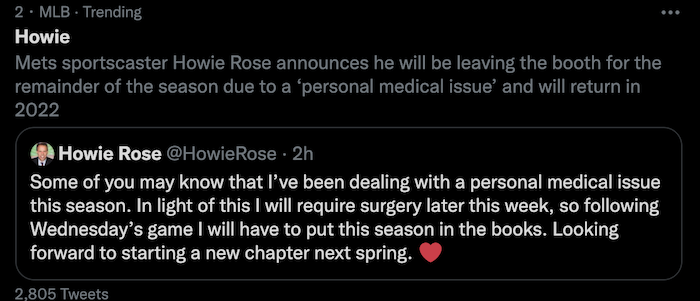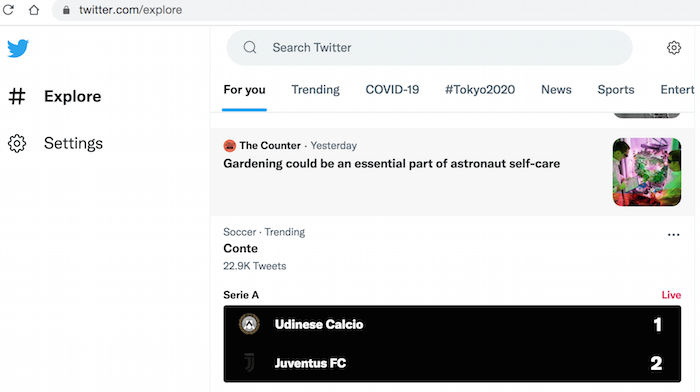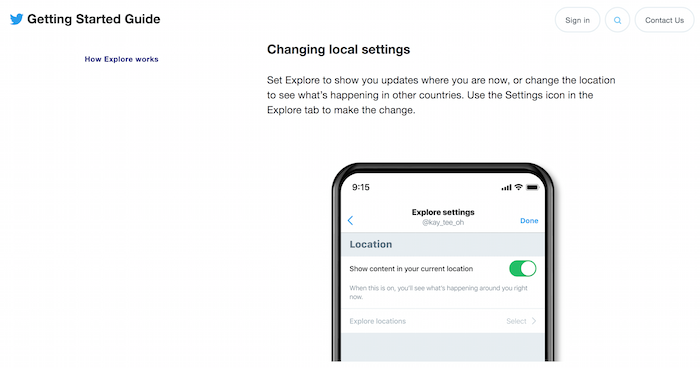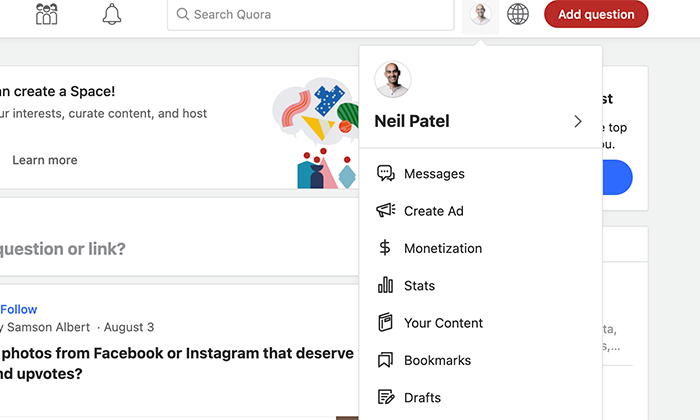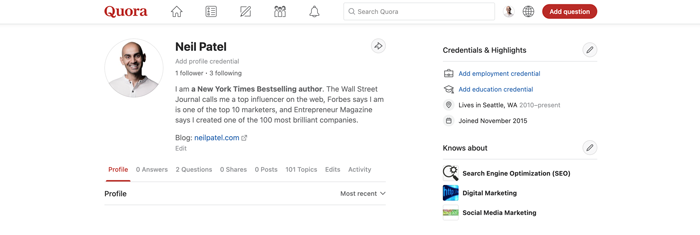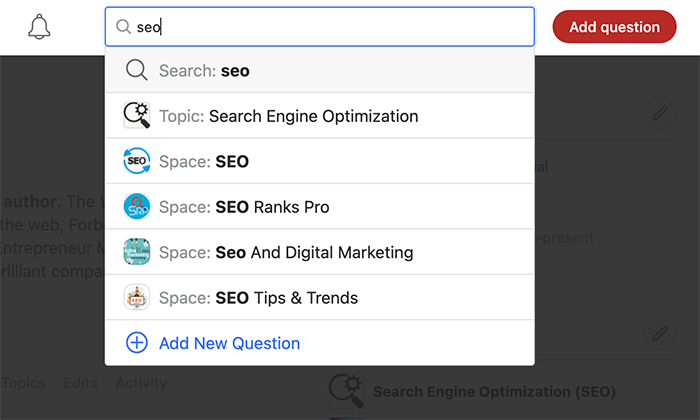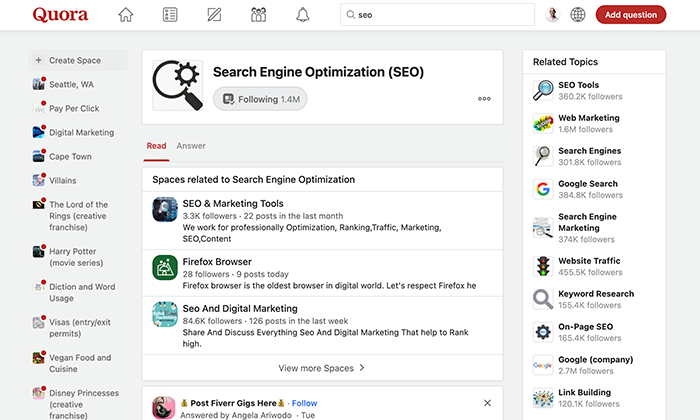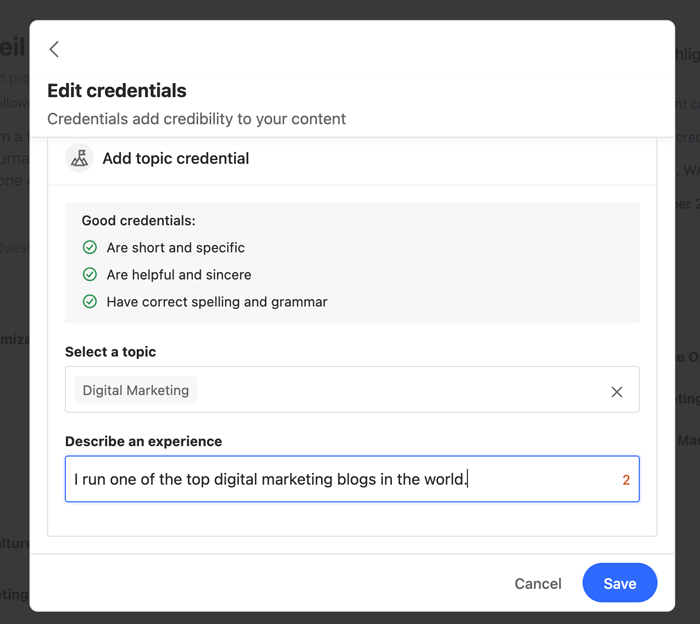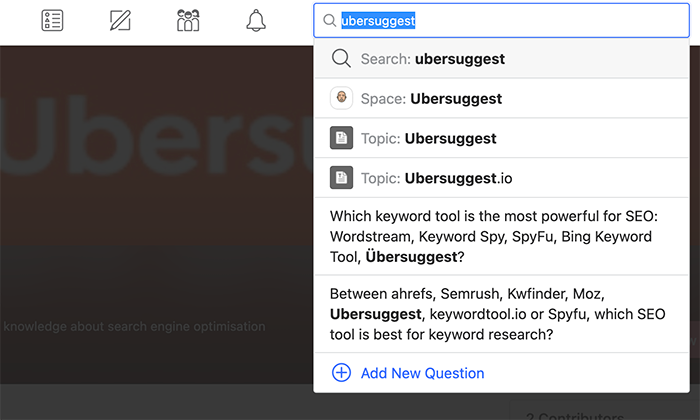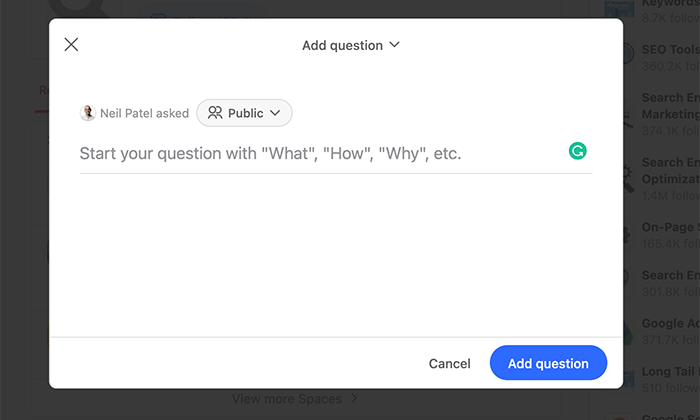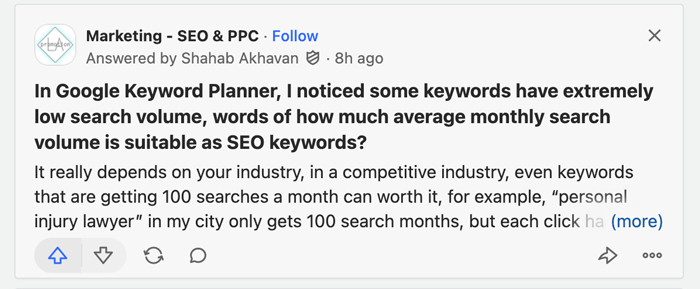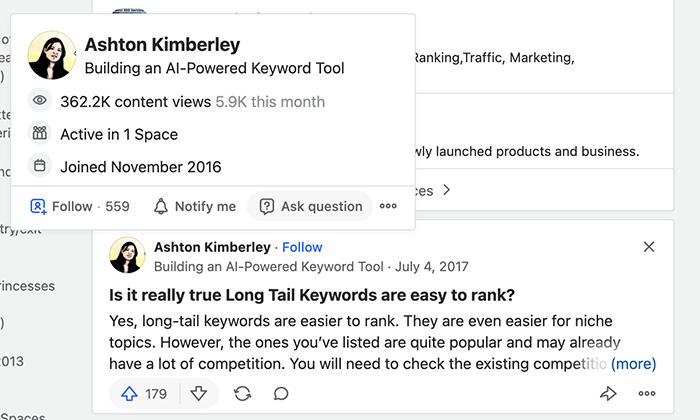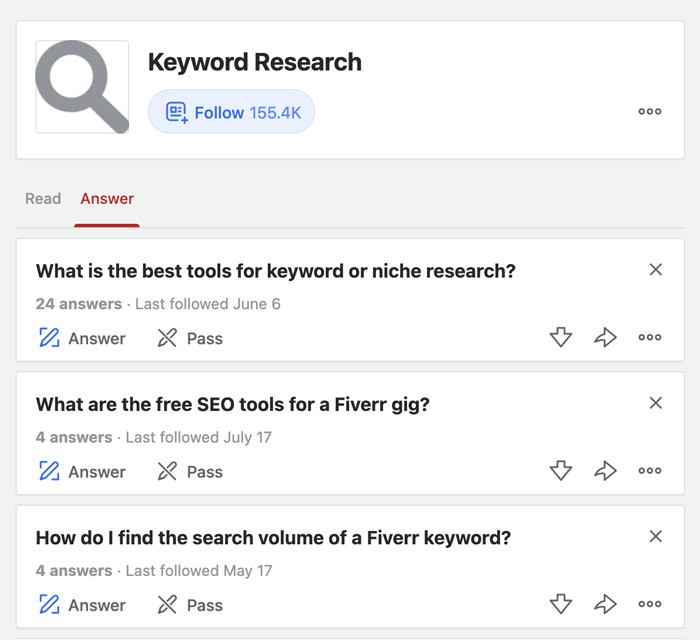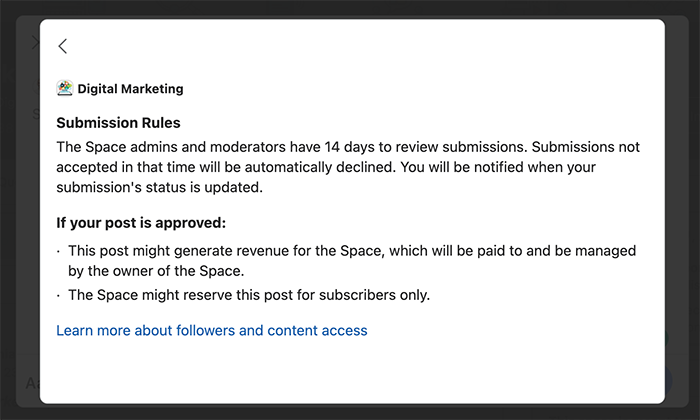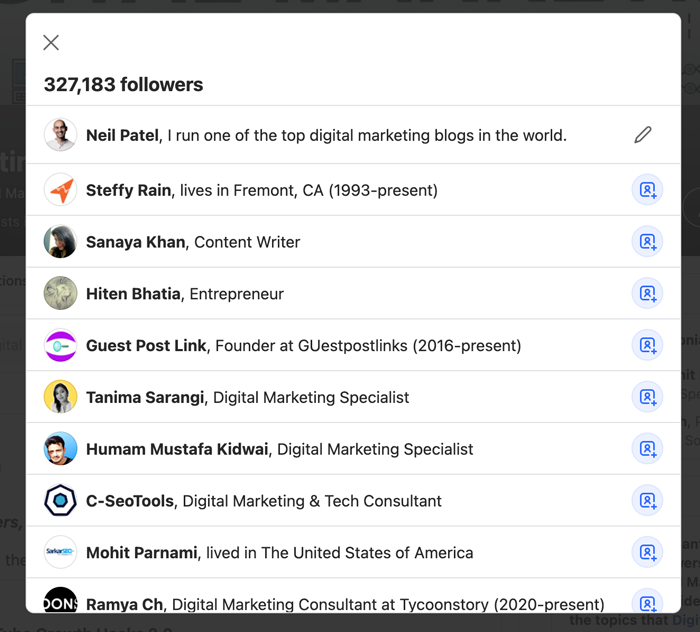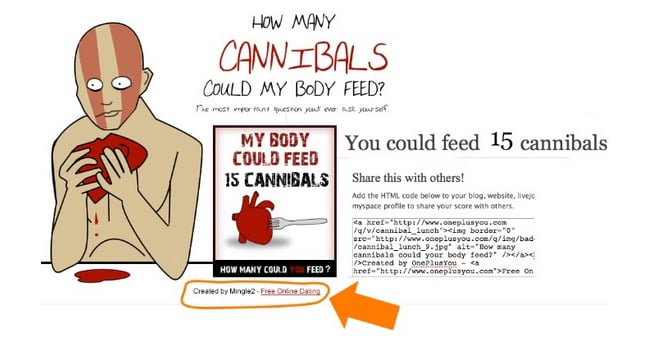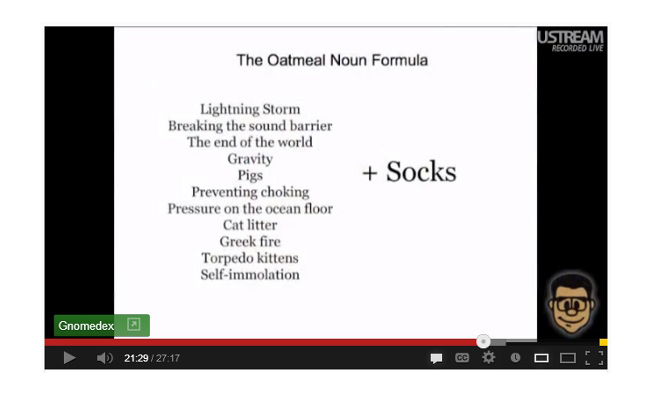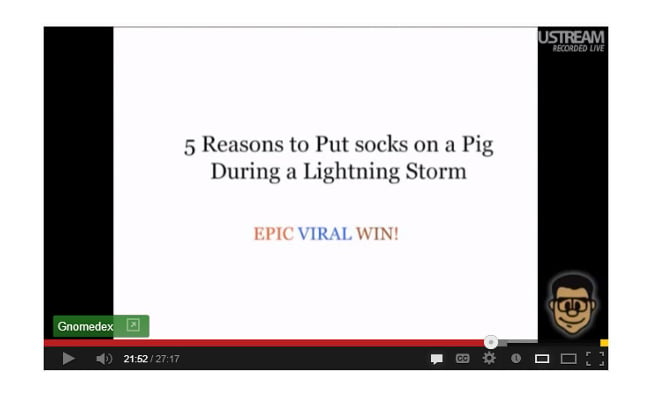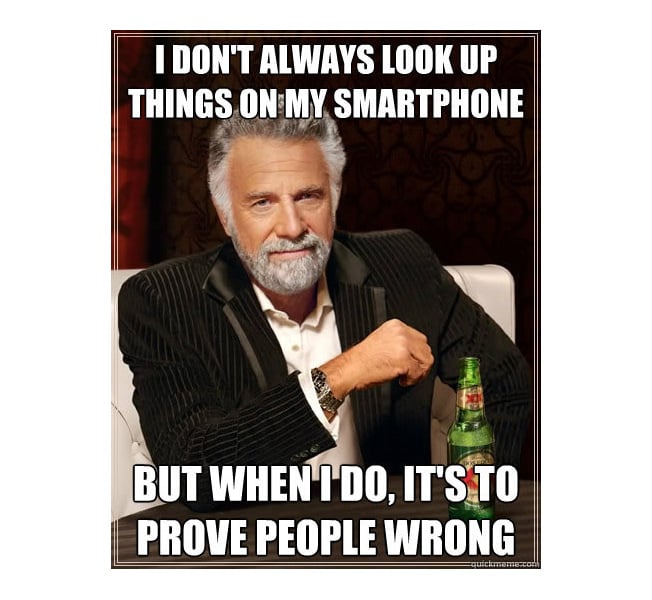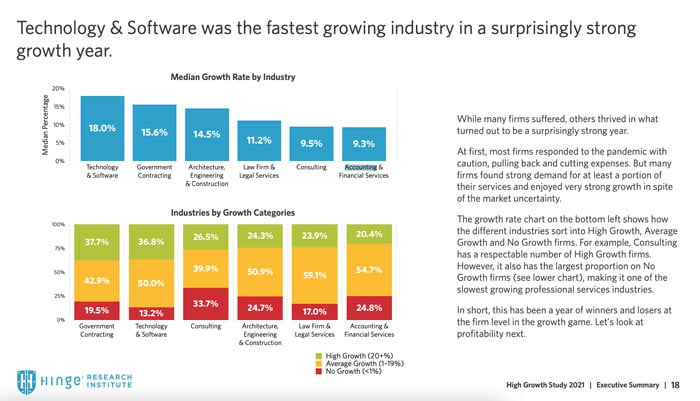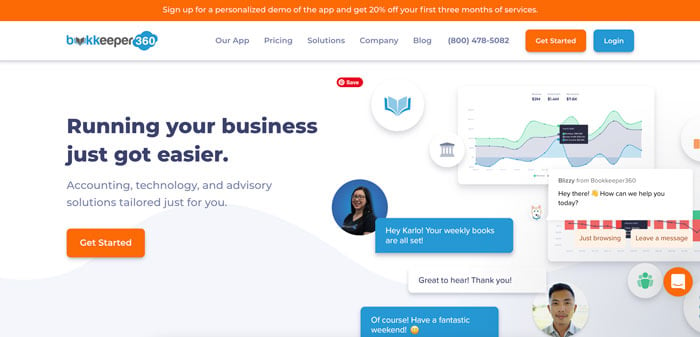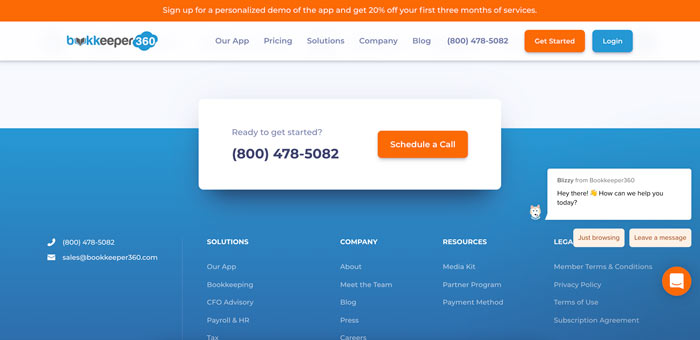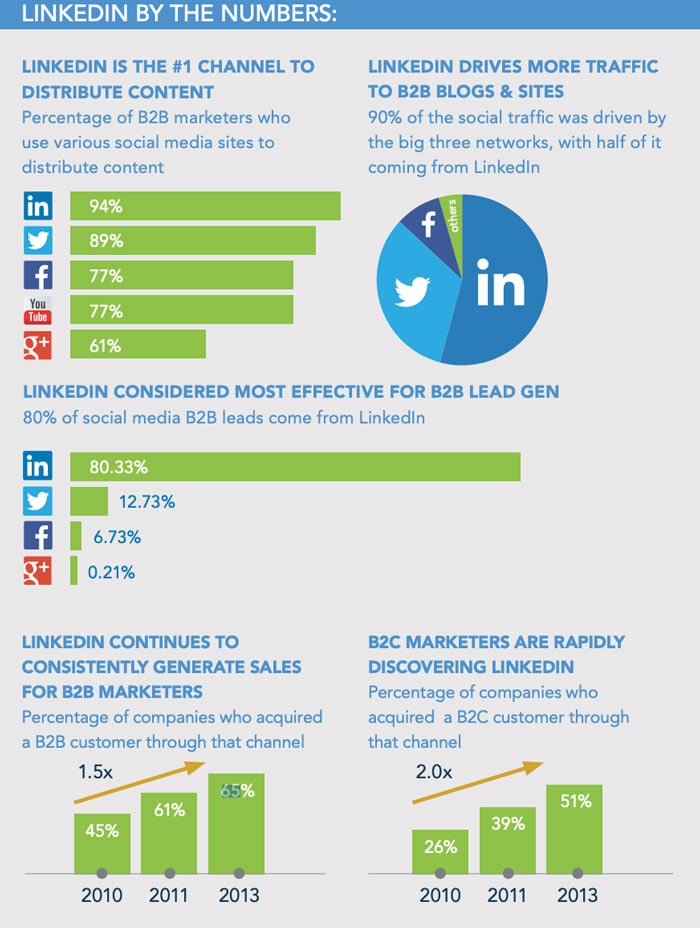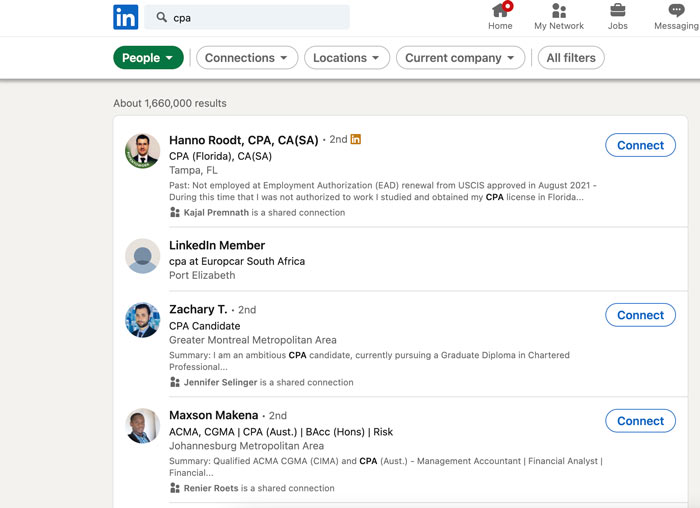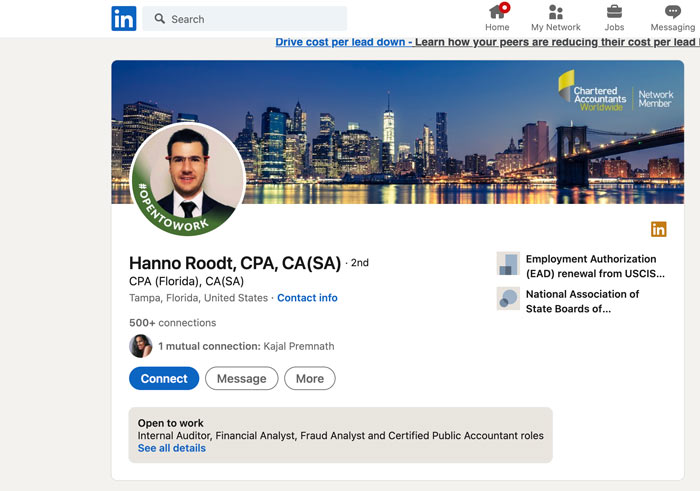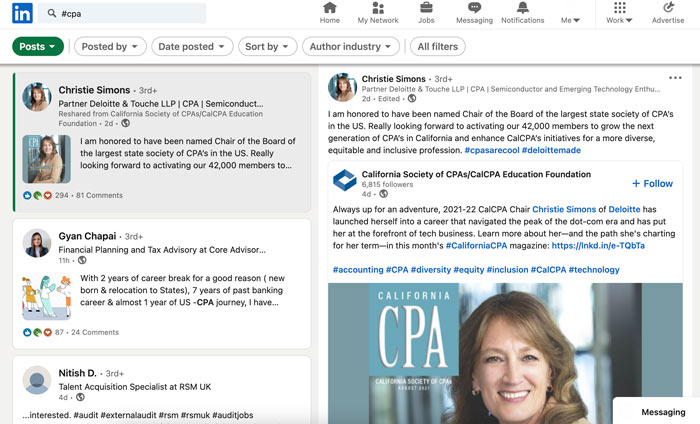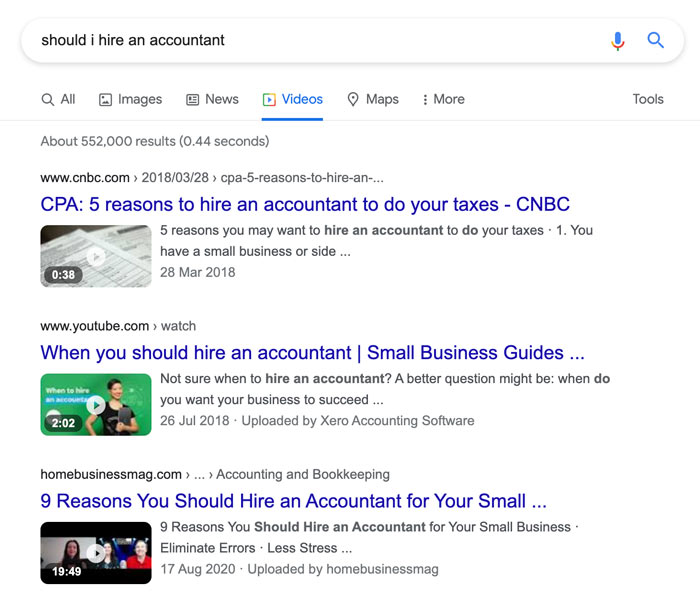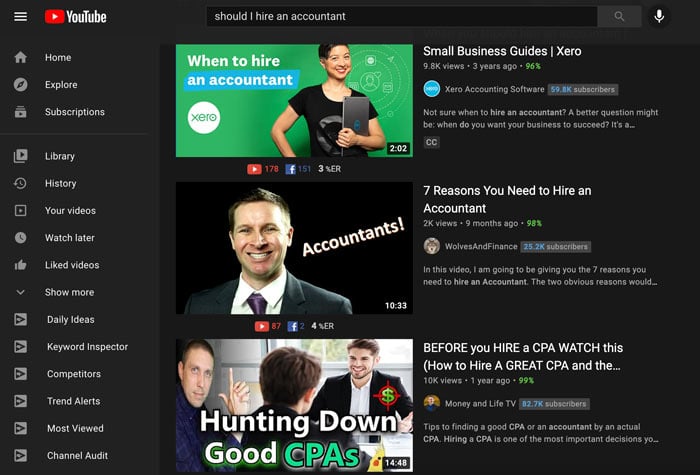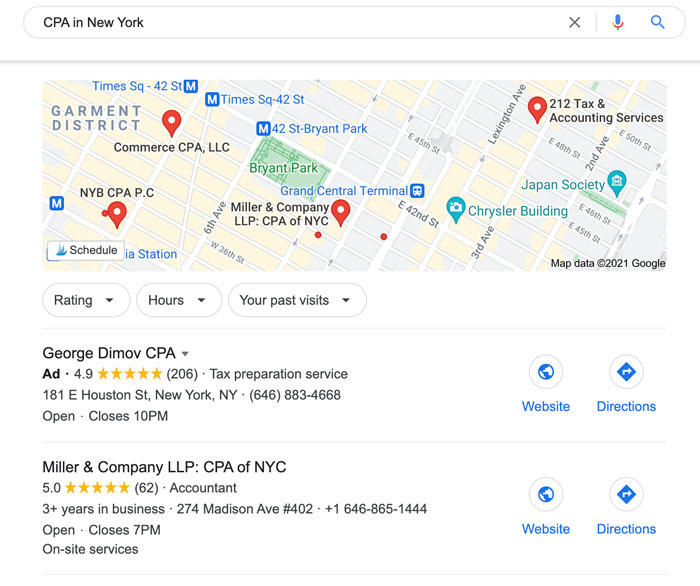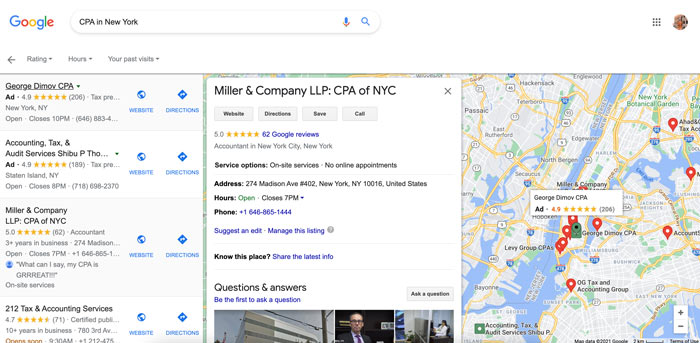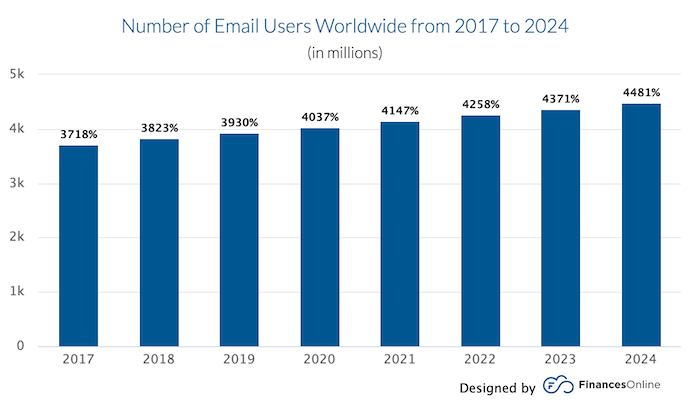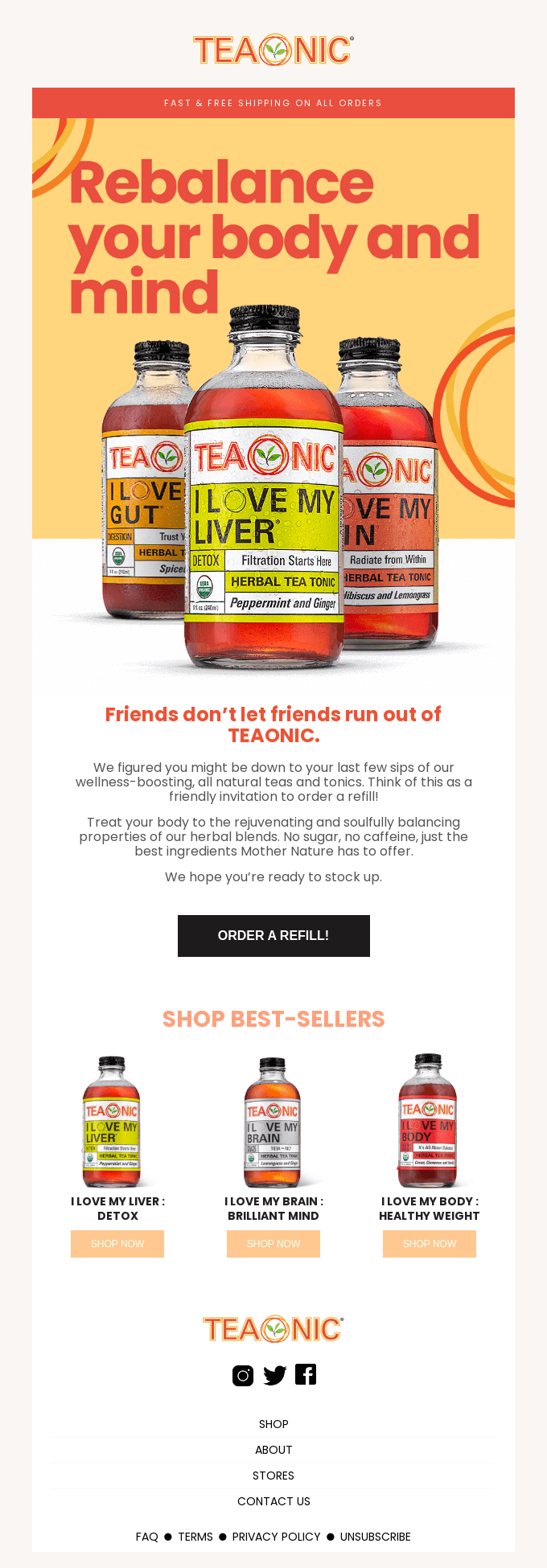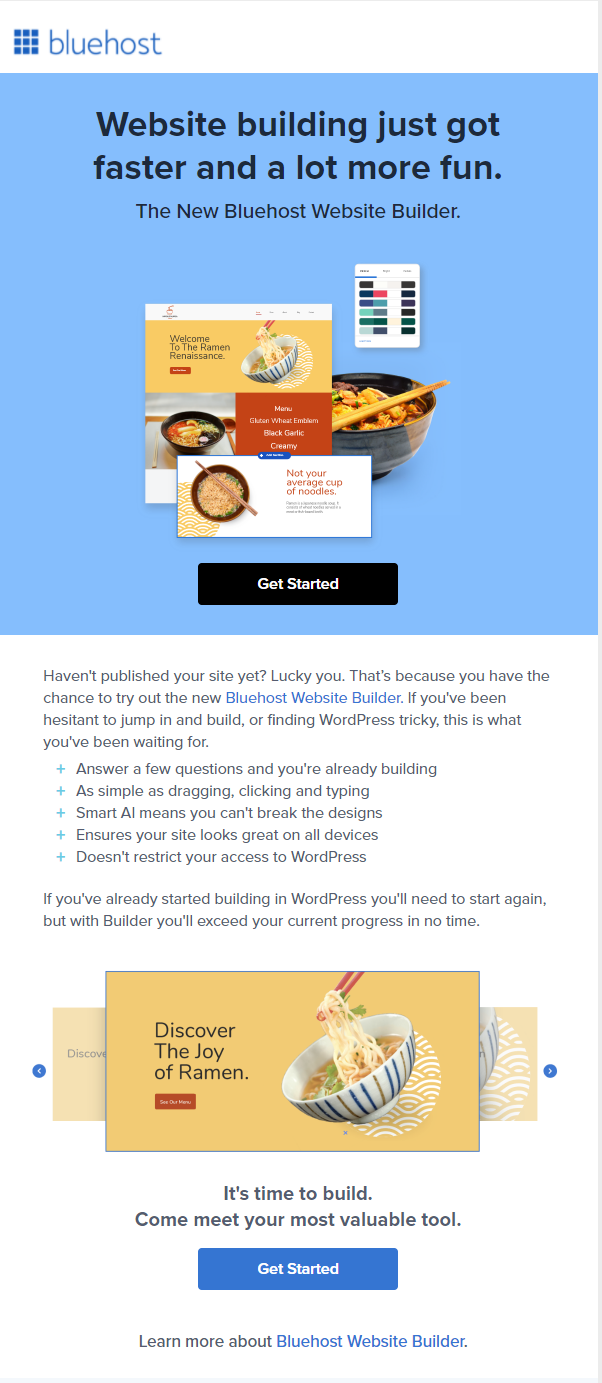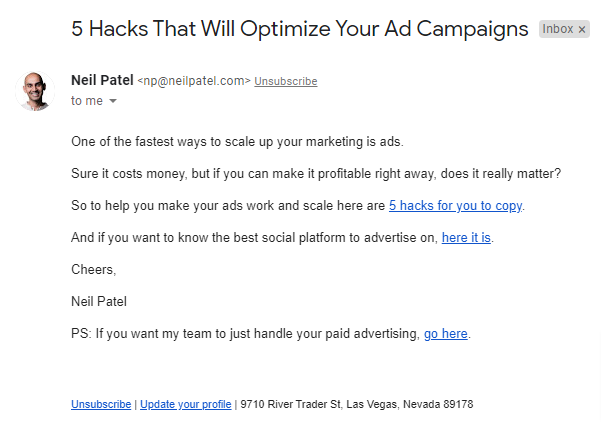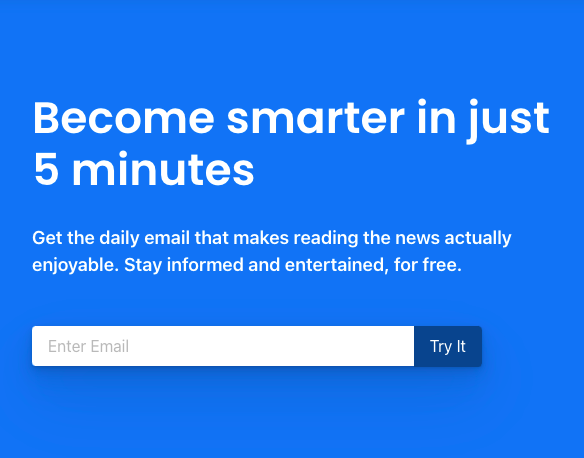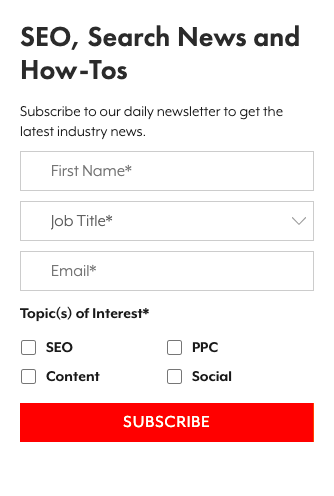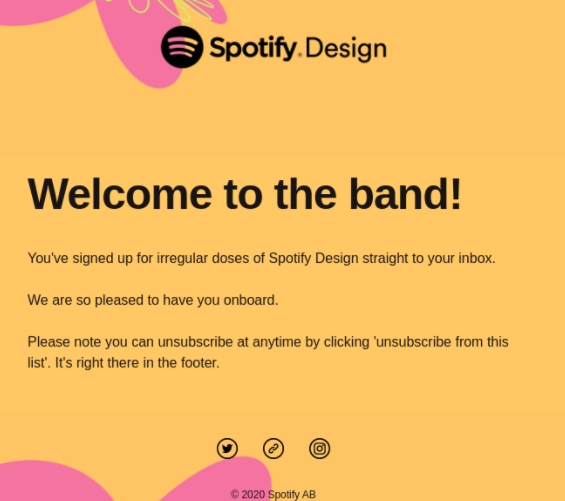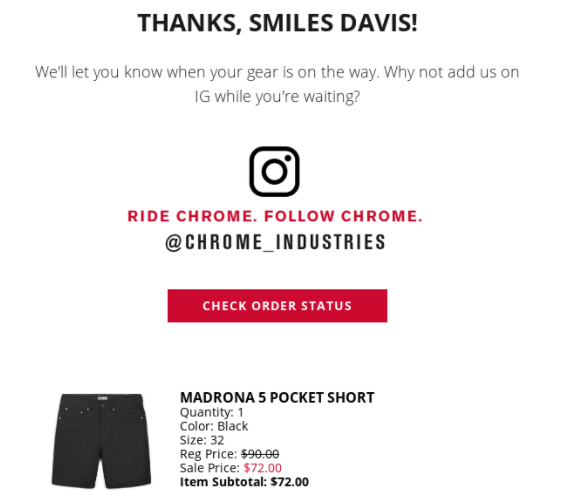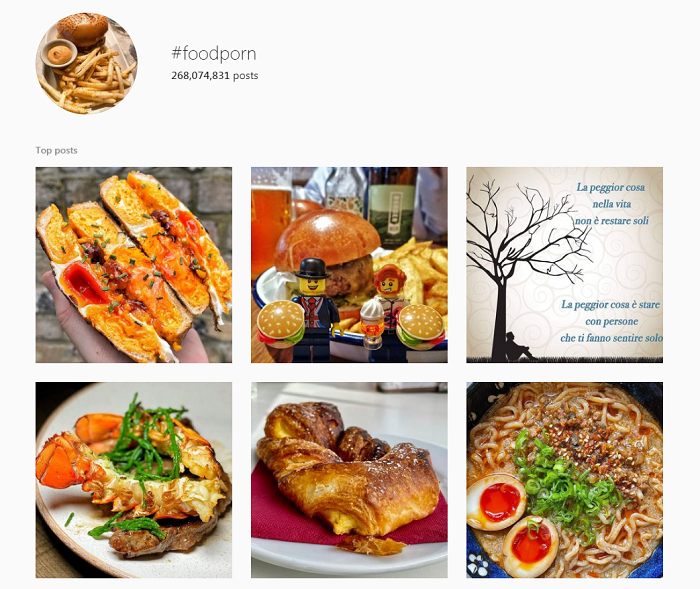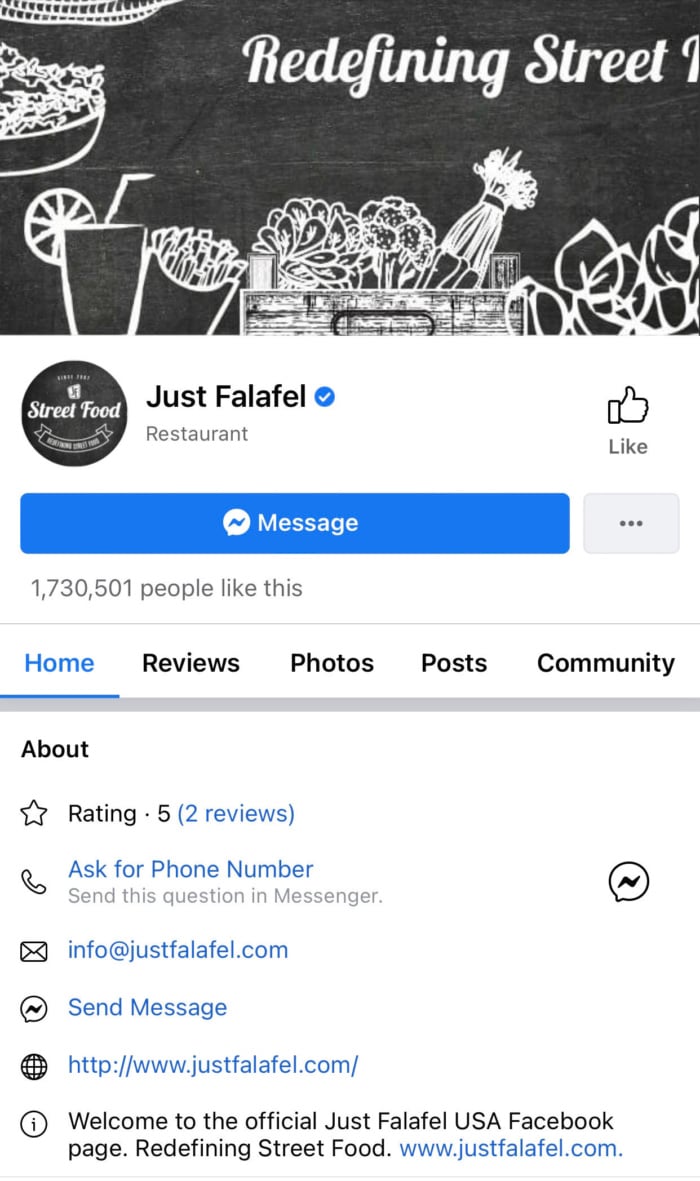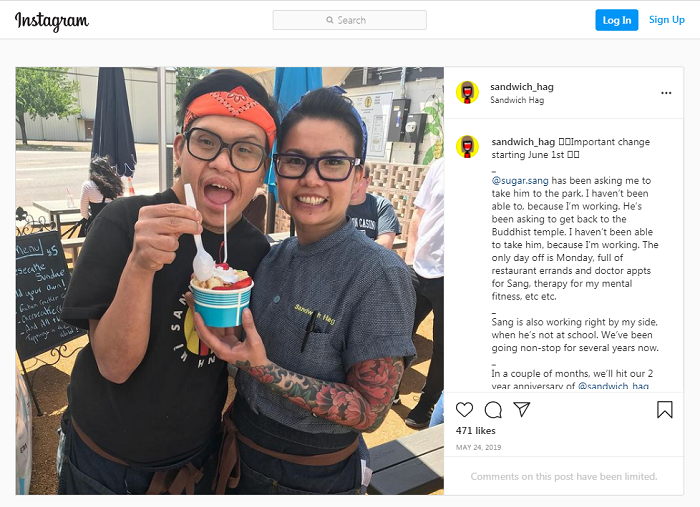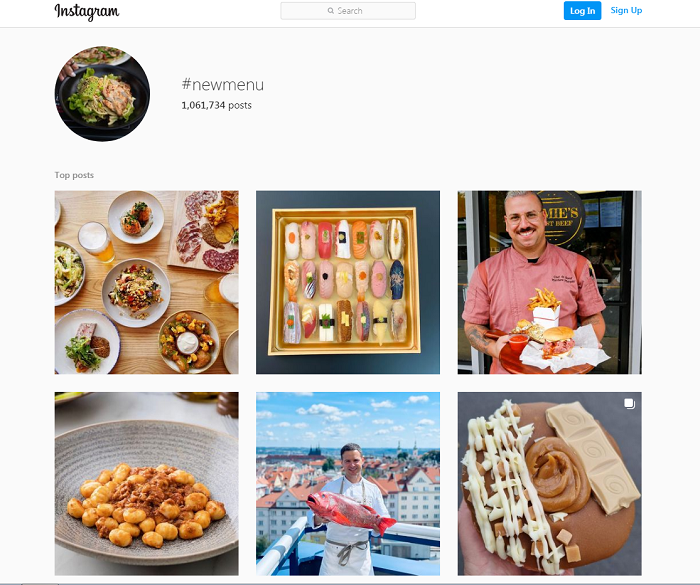
How to Run a Virtual Job Fair to Attract Top Marketing Talent
Virtual job fairs have been growing in popularity in recent years. Chances are, that’s only going to continue.
Virtual job fairs can be the perfect way to initiate that first interaction between candidate and employer. How do you make sure yours is successful? Here is what you need to know.
What Is a Virtual Job Fair?
A virtual job fair is an online event that allows job seekers to network with potential employers. The entire event takes place online, allowing attendees to get to know employers better, network with other job seekers, and attend workshops and guest speeches, all from the comfort of their own homes.
With so many virtual job fair platforms to choose from, it’s possible to recreate the traditional job fair with an online twist.
Combine traditional features like colorful booths, meeting rooms, info packets, and guest speakers with the online elements of virtual tours, and analytics and it’s easy to see why many businesses are having success with this method of hiring.
Experts believe as much as 80 percent of recruiting will remain virtual for the foreseeable future, and the early stages of the recruitment process are ideal for the online medium. This has seen major companies around the world embrace virtual jobs fairs, including Deloitte, BNP Paribas, SumUp, and many more.
What Are the Benefits of a Virtual Job Fair?
The vast majority of job searches start online, so it’s not surprising that the next step is moving online as well. It’s not just attendees who benefit from job fairs though, both the organizers and exhibitors stand to gain as well.
Virtual job fairs are:
- safe
- cost-effective
- not limited by physical space
- provide access to a wider talent pool
- make it easier to access the data
The most obvious benefit and one of the main reasons people turned to virtual job fairs in the first place is the added convenience. By hosting the event remotely, it’s possible for people to network without sharing physical space.
The remote location has other big benefits too. For example, you don’t have to pay for event space (which can be expensive). By eliminating this cost from your budget, you can focus on finding the right software and maximizing value.
A virtual job fair can also pull in talent from further around the world. With a traditional job fair, there’s only so far people are willing to travel to attend, but when they’re meeting employers from the comfort of their own home, this isn’t a factor. With remote work becoming more and more efficient, this is ideal for businesses looking to attract top candidates from all over the world.
Finally, the virtual format provides access to far more data. By accessing attendees’ resumes before they sign up, employers can personalize their offerings and streamline the hiring process. Data analytics can also help track event success more easily.
7 Tips to Hosting a Successful Virtual Job Fair
Hosting a virtual job fair can save you a lot of hassle associated with a traditional job fair. However, there’s still a lot of hard work to be done to ensure your event is a success. Here are a few tips for ensuring your event is successful and valuable to everyone involved.
1. Choose the Right Virtual Job Fair Platform
The platform you choose for your virtual job fair is essential. When you’ve got hundreds of people coming together online, you don’t want glitches, and the right software will ensure this.
When choosing your platform, one of the most important things to consider is features.
Think about the type of virtual job fair you want to run, and then decide on the features you need to make it successful.
There are some great options to choose from, and three of the most popular are Brazen, CareerEco, and Paradox.
Brazen
Brazen offers powerful virtual job fair software, tailored to businesses, colleges and universities, governments, and jobs boards.
With a range of features, Brazen is one of the most popular options for virtual job fairs. Popular features include:
- highly customizable, allowing your brand to take center stage
- live video broadcast booths will enable you to host webinars within your event
- engage attendees through text-based and video-based chat as needed
- everything you need in one place
To get a better idea of how you can use Brazen and the costs of this software, enquire about pricing online.
CareerEco
CareerEco sells itself as a partner in your virtual job fair. Not only does it provide you with the platform, but it also offers support every step of the way.
With over ten years of experience in virtual events, CareerEco is a trusted name in the industry. It is regularly used by Amazon, AmeriCorps, FEMA, Wells Fargo, Arizona State University, and many other large organizations.
Popular features include:
- flexible platform allows you to tailor your event to your needs
- affordable, straight-up pricing that enables you to keep your costs down
- advanced technology tool kit
- great customer support to help make sure your event is a success
As CareerEco says, virtual events are here to stay. If you’re planning a virtual job fair, it’s a great place to get a quote from.
Paradox
Paradox uses AI to make your virtual job fair easy to manage. With its virtual assistant, Olivia, looking after event registrations and communication, you can sit back and relax as your event comes together.
Top features include:
- streamlined process to help put your event together quickly
- no user limits mean you can put a strong team together to work on your event
- streamlined registration to maximize attendance
With Paradox, you get a mobile-first recruitment experience that uses AI to put the candidate first.
2. Outline Resources Needed
A virtual job fair needs more than just some fancy software to be a success. Candidates are there to get a deeper understanding of the businesses they’re interacting with, and this requires a personal touch.
Put a team together that shows off the best aspects of your business. This way, you can create engaging presentations and give people a complete picture of what it’s like to be a part of your organization.
Start by making sure you have the right technology (cameras, microphones, etc). Don’t underestimate this part. No matter how good your software is, a poor camera and microphone will make your fair look unprofessional.
Make sure everyone on your team is equipped with everything they need, and focus on coordination. Bringing together different team members virtually isn’t easy, and it takes good planning.
3. Develop a Marketing Plan
Every event needs attendees, and the only way to attract attendees is to market your event. It’s no use hiding a link on some corner of your website and hoping people sign up. You’ve got to be proactive and focus on your marketing plan.
Email Marketing
The key to marketing an event is engagement, and one of the best ways to do this is through email.
Even if someone has signed up for your event, make sure you continue to engage with them and build excitement. Particularly for something like a virtual job fair, where you’re generally not charging, it’s easy for people to sign up and forget to attend.
You want to maximize attendance, and one of the ways to do this is through an engaging email marketing campaign.
Social Media
Marketing is about reaching people where they’re hanging out, and for a huge number of us (almost 4.5 billion), that is on social media.
If you have a large following on social media, then you have a perfect platform to market your event. If not, then don’t worry; paid social media advertising is a great way to reach a larger target audience.
The key is to use careful targeting to avoid overspending on ads. Have a clear idea of what your target audience looks like, and use targeting features to make sure you’re maximizing your budget.
Follow my guides on how to advertise on LinkedIn, Facebook, and Instagram, and you will reach your audience. You can also reach out to my agency to do this for you.
Reach Out to Partners
Use your connections. If you’re running a big virtual job fair, then you may want to share the load with another company and run it together.
The more companies you get on board, the wider your reach will be.
Sometimes working together can be beneficial, and if it gets more talented people engaging with your business, then it’s a good idea. This is particularly helpful for local businesses, where you all stand to gain.
4. Set Up Virtual Booths
Virtual booths are the online equivalent of the booths you see at a traditional job fair. They allow attendees to speak to different companies, or different departments within the same company, and get to know them on a deeper level.
Virtual booths are a great way to guide candidates through the virtual job fair. It allows them to explore their interests and engage with different people within a business.
For example, if you’re doing a virtual job with a collection of other companies, then each company would have a booth. Companies might also split up departments and have one booth each for accounting, sales, and marketing.
Like a regular booth, you can design your virtual booth to reflect your branding and stand out from the crowd. Offering small incentives, like a software trial or an ebook, can encourage users to engage with booths.
5. Add Additional Events and Spaces
One of the nice things about a traditional job far is that you’ve got so much going on. In addition to booths, there may be guest speakers, workshops, and entertainment options.
Just because you’ve moved your job fair online doesn’t mean you can’t still offer these same features.
Create additional events and virtual breakout rooms to add different layers to your virtual job fair. Focus on maximizing the value you offer attendees. The more engagement you get, the better your recruitment efforts will go, so these additional events and spaces can be critical.
Additional spaces also offer an opportunity to get more personal. Rather than engaging everyone as a group, they allow you to run personal meetings with the most promising candidates.
6. Send Educational Info Before the Event
As I mentioned earlier, your marketing doesn’t stop when someone signs up for your virtual job fair. Continue to build excitement by offering value in the run-up to the event.
This is also an opportunity to make sure everything runs smoothly. The more prepared attendees are, the more comfortable they will be, and the more you’ll be able to see the qualities they could bring to your company.
Simple educational content like tips on updating resumes won’t just make your job easier as a recruiter. Still, it can also keep the conversation open and give people the confidence to attend.
Don’t forget to send automated reminders! People lead busy lives, and it’s easy to forget what they’ve signed up for.
7. Follow Up With Attendees
If your virtual job fair has gone well, then you should have made a strong connection with the attendees. It’s important to capitalize on this and keep building the relationship.
When you come across an ideal candidate, you’re naturally going to continue the conversation. However, even the people you don’t hire can offer helpful insights. Consider making a survey to find out what attendees thought of your virtual job fair. This information will help you perfect your next event.
Virtual Job Fair Frequently Asked Questions
What are the benefits of a virtual career fair?
A virtual job fair allows you to pull in talent from around the world, avoid paying for expensive event space, and invite a larger number of attendees.
What do you do at a virtual job fair?
A virtual job fair is similar to a traditional one. You meet potential employers, learn about their businesses, listen to guest speakers, attend workshops, and network with other job seekers.
What platforms can I use for a virtual job fair?
Three of the most popular virtual job fair platforms are Brazen, CareerEco, and Paradox.
Are virtual career fairs worth it?
Employers put a lot of resources into organizing virtual job fairs, so it’s clear they take them seriously. For job seekers, this means virtual job fairs can lead to important connections that can often result in a job offer.
{
“@context”: “https://schema.org”,
“@type”: “FAQPage”,
“mainEntity”: [
{
“@type”: “Question”,
“name”: “What are the benefits of a virtual career fair?”,
“acceptedAnswer”: {
“@type”: “Answer”,
“text”: ”
A virtual job fair allows you to pull in talent from around the world, avoid paying for expensive event space, and invite a larger number of attendees.
”
}
}
, {
“@type”: “Question”,
“name”: “What do you do at a virtual job fair?”,
“acceptedAnswer”: {
“@type”: “Answer”,
“text”: ”
A virtual job fair is similar to a traditional one. You meet potential employers, learn about their businesses, listen to guest speakers, attend workshops, and network with other job seekers.
”
}
}
, {
“@type”: “Question”,
“name”: “What platforms can I use for a virtual job fair?”,
“acceptedAnswer”: {
“@type”: “Answer”,
“text”: ”
Three of the most popular virtual job fair platforms are Brazen, CareerEco, and Paradox.
”
}
}
, {
“@type”: “Question”,
“name”: “Are virtual career fairs worth it?”,
“acceptedAnswer”: {
“@type”: “Answer”,
“text”: ”
Employers put a lot of resources into organizing virtual job fairs, so it’s clear they take them seriously. For job seekers, this means virtual job fairs can lead to important connections that can often result in a job offer.
”
}
}
]
}
Virtual Job Fair Conclusion
So much of our lives happen online, so it’s no surprise that virtual job fairs are growing in popularity. With the right software, hosts can offer many of the same benefits of a traditional job fair, but with the added flexibility and convenience of the online world.
Don’t think setting up a virtual job fair will be a walk in the park, though. To be successful, organizations spend time planning and find ways to offer value to attendees.
Don’t forget to build a strong event promotional strategy. You might offer amazing content and endless opportunities for job seekers, but all that work will be wasted if no one attends.
Find the right platform, figure out what resources you need, and make sure to learn from your mistakes by getting feedback from your attendees.
Has your organization hosted a virtual job fair? What challenges did you face?


